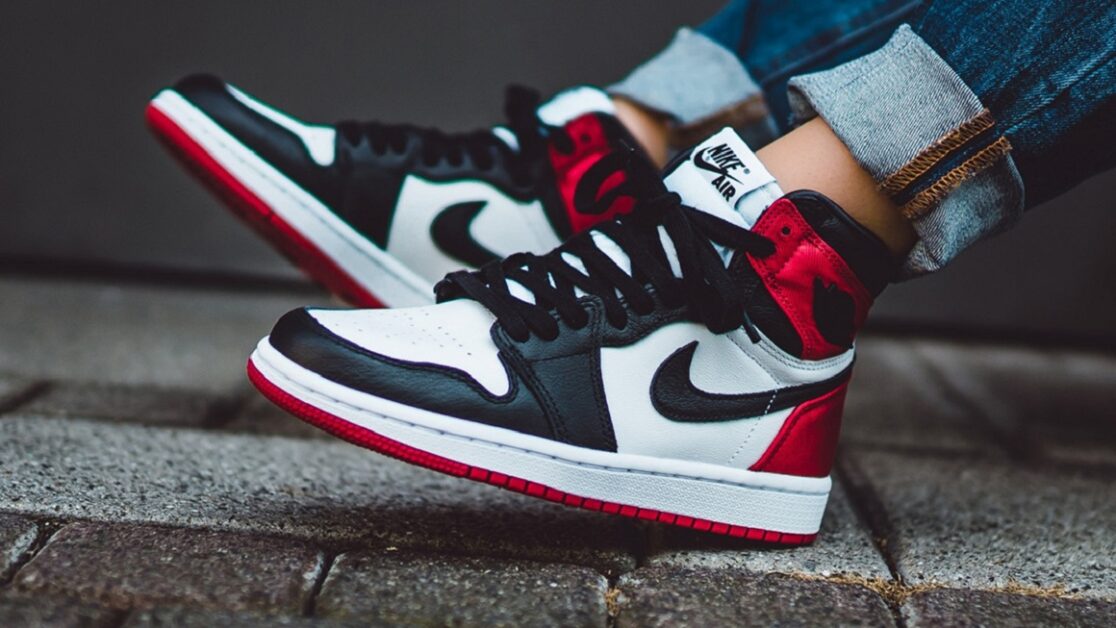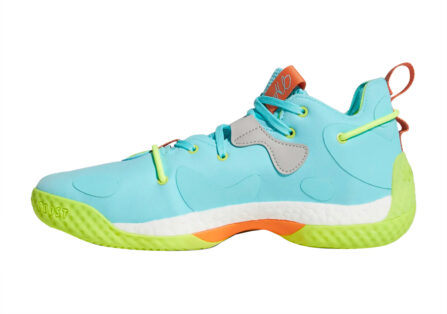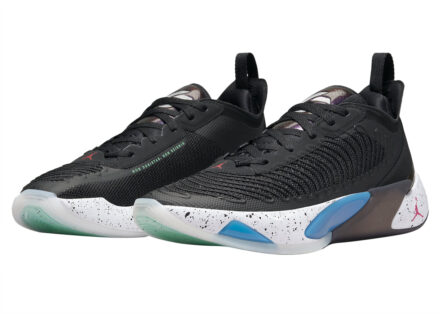
A sneaker’s value may skyrocket over time depending on its hype, rarity, and history. Because of this, it becomes very hard to cop a pair at retail price if they sell out immediately. Nonetheless, a lot of sneakerheads are still willing to pay the resale prices just to cop a grail pair.
While this may not be the sole reason, this system urged the now-rampant existence of counterfeit sneakers in the community.
The existence of counterfeit sneakers does not really affect the overall sales of legitimate companies, but they gravely affect the circulation of shoes within the game since selling them promotes dishonesty and fraud.
These fake sneaker manufacturers have even come up with their own categories and divided these products based on the “quality” of imitation. Some of these categories are known as Original Equipment Manufacturer (OEM), Unauthorized Authentic (UA), and Ghost Pair, to name a few.
What’s even more unfortunate is that manufacturers and sellers of these counterfeit sneakers are aggressively claiming that their items are legitimate, or at least the same as the legitimate ones, while selling them at an unreasonable price.
The effect: sneakerheads tend to get persuaded to put their hard-earned money into buying sneakers they thought are legitimate. Not only do they spend their money improperly, they are also fooled into thinking that these counterfeit shoes are legitimate.
Nonetheless, the community has its ways to prevent getting scammed by sellers of counterfeit sneakers. There are several factors to consider and methods to take to do what is called a “legit check”.
A “‘legit check” is the term used when a pair is scrutinized to prove its authenticity. While there are a lot of sneakerheads who can actually do that, it is becoming more challenging for the community to accurately judge the legitimacy of every sneaker as the days pass.
This is because as time passes by, counterfeit sneaker manufacturers are getting better at imitating the appearance of legitimate pairs. Still, knock-offs will never become equal to legitimate sneakers.
Dribble Media is here to cite some factors that sneakerheads could consider to ensure that they would increase the assurance of avoiding counterfeit sneakers.
BOX
Some experienced sneakerheads can manage to scrutinize the authenticity of the sneaker right off the bat even without checking the pair. That is because they can identify that there is something off from the sneaker’s box.
These may not be a bit obvious, but there are differences with the style and size of the fonts in the label of the box that you may always check. Aside from the label, the texts and design on the box could also be a good indicator.
Also, there may be stamps somewhere on the box that should not be in there. Along with these, the box’s stickers could also be a good takeaway.
SKU CODE
This could be the most basic method when checking for authenticity. The SKU code is the code that you usually see on the box or on the label of the sneakers which serves as the pair’s identification.
Normally, the SKU code on the label and on the box are being compared. If they are mismatched, it is already an indication of a major red flag. Also, searching for the code online and checking for a match is also a reliable method.
However, knock-off manufacturers are observant enough to solve this obvious method, so the comparison of the SKU code is not as reliable as it was since a lot of counterfeit sneakers now have the same codes as the original.
MATERIALS
Regardless of the materials used, sneaker companies always have a unique touch of quality on every pair they build. Whether this is to avoid knock off manufacturers to closely imitate the original is actually out of the question.
Besides, even with the existence of counterfeit sneakers, they will not be able to overturn original manufacturers.
Nonetheless, differences in the texture and quality of the materials between original and counterfeit are a major giveaway. Buyers just have to be aware what the quality of the original pair feels and looks like.
WEIGHT
It would also be good to put the pair’s weight into consideration. This is because counterfeit and original materials do not only vary in quality, but also in weight.
Cheap materials are very light since they do not carry the technology of legitimate pairs.
SEAMS
This may not be applicable to all sneakers, but seams and stitches are very important when checking for the pair’s authenticity.
Checking for certain spaces, consistencies, size, and quality of seams must always be observed. This is because even if counterfeit manufacturers could somehow imitate the appearance of the original, they do not have the same machinery and technologies that are used to build the pairs.
However, you may still encounter authentic sneakers with minor flaws, so it would be better to also use other methods to prove the pair’s authenticity.
SMELL
This may be a bit awkward and predominantly known as a ritual, but smelling the inside of the pair is actually helpful. This is because the inside of a fake sneaker smells very toxic. This is due to the adhesives used in making fake sneakers.
Legitimate sneakers, especially new ones, do not have that certain fragrance. After all, fake sneakers may fool your eyes but not your nose.
HIDDEN DETAILS
An ultraviolet light or a blacklight has been widely used by sneaker reseller stores to check if the pairs they get are legitimate or not. This is because UV lights identify certain details which do not exist in the naked eye.
Some of the “hidden” details that UV lights can show are excess glue stains, color blocking of the uppers, and the details on the insides of the pair.
Normally, blacklight shows details that should not be present in the original pairs, thus, making it easier to do legit checks.
OVERALL APPEARANCE
Counterfeit sneakers are improving as years pass, and fake manufacturers are starting to get a good grasp of the appearance of the original pairs. However, subtle differences between counterfeit and original pairs will always be evident.
Buyers have to be skeptical about the pairs’ shape, branding, texts, seams, color shades and even the smallest details.
Watching performance reviews helps give buyers a thorough knowledge about the pairs’ overall attributes.
PRICE
Sometimes, buyers think that copping from third-party sellers at a steal price is an instant jackpot. Therefore, they impulsively buy and end up getting scammed by purchasing sneakers that are supposed to be legitimate.
Remember that when buying from third-party sellers, it is a no-brainer that sneakers’ market value must be checked first. This is commonly applicable to sneakers with resale value.
There are certain sneaker apps that could be used as a reference for the pairs’ market value. If the price offered to you is too good to be true, think twice.
DISCLAIMER: Legit checks may require sneaker knowledge, experience, and a keen eye to drastically increase accuracy. If you are uncertain of the pairs’ legitimacy, it is always best to seek help from trustworthy and knowledgeable members of the sneaker community or use legit check apps.






